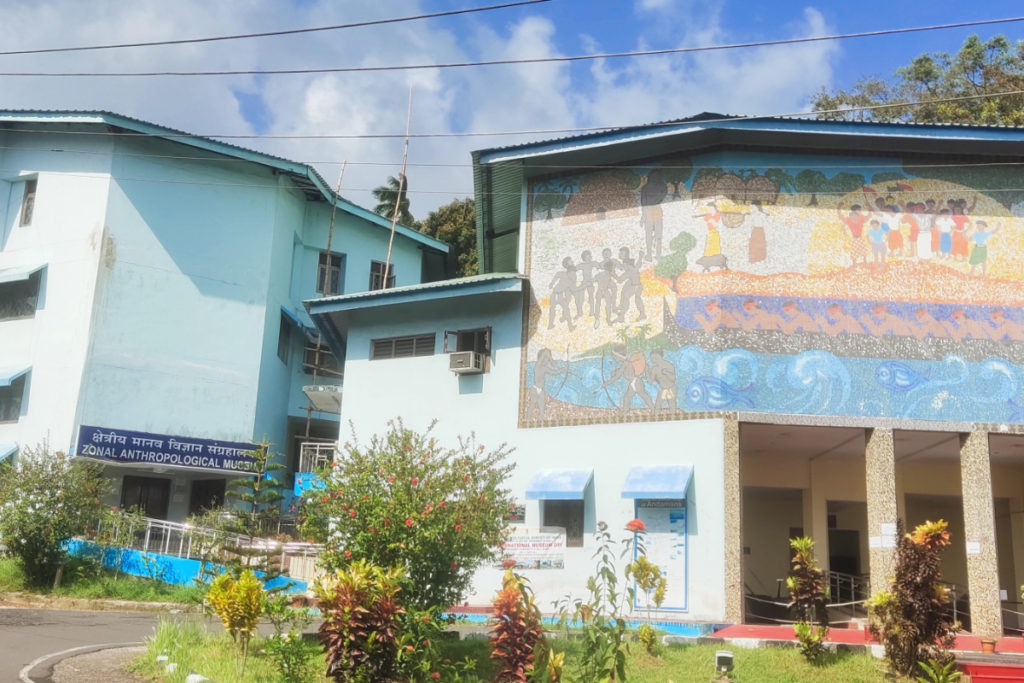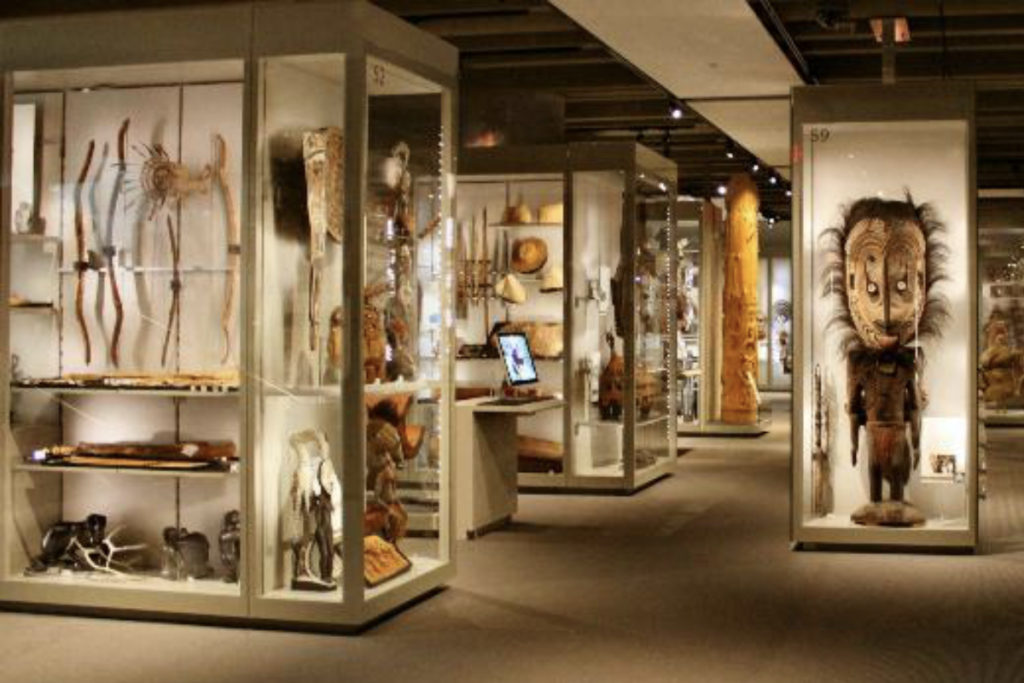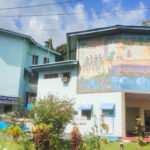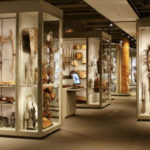
Zonal Anthropological Museum




Zonal Anthropological Museum
HIGHLIGHTS
LOCATED AT: Port Blair
DISTANCE: FROM PORT BLAIR AIRPORT: 02 KM.
VISITING TIME: 0930 to 1500 Hrs
CLOSING DAY: Mondays and Government holidays
ENTRY FEE: 20/-
CAMRA: Not Allowed
GUIDE AVAILABILITY: NO
TOURIST ATTRACTION: Showcases the rich tribal culture and history of the Andaman and Nicobar Islands.
ABOUT ANTHROPOLOGICAL MUSEUM
The Anthropological Museum is a popular tourist attraction located in Port Blair, the capital city of the Andaman and Nicobar Islands. The museum was established in the year 1975 and was built with the purpose of preserving and showcasing the culture and heritage of the indigenous tribes of the Andaman and Nicobar Islands.
The museum houses a vast collection of artefacts, photographs, and information related to the tribes that have inhabited the islands for thousands of years. Visitors can learn about the traditional lifestyles, customs, rituals, and beliefs of the tribes through the various exhibits on display.
Some of the notable exhibits at the Anthropological Museum include displays on the four major tribes of the islands – the Great Andamanese, Onge, Jarawa, and Sentinelese. The museum also features a library, which is home to a vast collection of books, journals, and publications related to the culture and anthropology of the islands.
Overall, the Anthropological Museum offers a unique opportunity to learn about the rich cultural heritage of the Andaman and Nicobar Islands, and is a must-visit attraction for those interested in anthropology, history, and culture.
HOW TO REACH AT ANTHROPOLOGICAL MUSEUM
Anthropological Museum in Port Blair can be reached from your hotel by taxi or private vehicle. It is located in the heart of the city and is easily accessible from most hotels in Port Blair. The museum is located about 3 km away from the Veer Savarkar International Airport and about 2.5 km away from the Port Blair Bus Stand. You can also take an auto-rickshaw or hire a scooter/bike to reach the museum. Several local tour operators also offer guided tours to the museum as part of their package. It is recommended to check with your hotel or tour operator for the best mode of transport and directions to reach the museum.
THINGS TO DO AT ANTHROPOLOGICAL MUSEUM
The Anthropological Museum in Port Blair, Andaman and Nicobar Islands, offers visitors a fascinating insight into the tribal history and culture of the islands. Here are some things you can do at the museum:
Explore the exhibits: The museum has a wide range of exhibits that showcase the cultural heritage of the Andamanese tribes. There are displays of traditional clothing, weapons, handicrafts, and more.
Learn about the tribes: The museum offers detailed information about the various tribes that live on the islands, including the Great Andamanese, Onge, Jarwa, and Sentinalese.
Visit the library: The museum has a small library that houses books and manuscripts on the anthropology, history, and culture of the Andaman and Nicobar Islands.
Watch a documentary: The museum has a screening room where visitors can watch short documentaries on the history and culture of the tribes.
Buy souvenirs: The museum has a small souvenir shop where visitors can purchase handicrafts made by members of the local tribes.
Overall, the Anthropological Museum is an excellent place to learn about the cultural heritage of the Andaman and Nicobar Islands and to gain a deeper understanding of the local tribes.
THINGS TO CARRY WHILE GOING TO ANTHROPOLOGICAL MUSEUM
Some important things to carry while visiting the Anthropological Museum are:
Identity proof: Make sure to carry a valid identity proof, such as a passport or Aadhaar card, as it may be required for entry.
Comfortable shoes: The museum has a lot of walking involved, so it’s important to wear comfortable shoes to avoid any discomfort.
Water bottle: Carry a water bottle to stay hydrated during the visit.
Camera: Don’t forget to carry your camera or smartphone to capture some memorable moments.
Sunscreen: It’s important to carry sunscreen to protect your skin from harmful UV rays, especially if you’re visiting during the daytime.
Umbrella/Raincoat: If you’re visiting during the monsoon season, it’s advisable to carry an umbrella or raincoat to protect yourself from the rain.
Snacks: Carry some light snacks to keep your energy levels up during the visit.
Cash: Carry enough cash as there are no ATMs available near the museum.
THINGS TO AVOID AT ANTHROPOLOGICAL MUSEUM
As Anthropological Museum is a place of cultural significance, there are certain things to avoid to ensure respect for the culture and artifacts on display. Here are some things to keep in mind:
- Do not touch or handle any of the artifacts on display. They are fragile and could be easily damaged.
- Do not take photographs inside the museum, as it is not allowed.
- Do not bring any food or drinks inside the museum.
- Do not create any unnecessary noise or disturbance inside the museum.
- Do not wear revealing or inappropriate clothing while visiting the museum, as it is a place of cultural significance.
By following these guidelines, you can help preserve the exhibits and show respect for the culture and history they represent.
Frequently
Asked Questions
The Anthropological Museum is a museum located in Port Blair, the capital city of the Andaman and Nicobar Islands. It is dedicated to showcasing the tribal communities of the islands and their unique way of life.
The Anthropological Museum is open from Tuesday to Sunday, 9:00 AM to 1:00 PM and 1:30 PM to 4:30 PM. It is closed on Mondays and government holidays.
No, photography is not allowed inside the museum. However, visitors are allowed to take pictures outside the museum.
Yes, there is an entry fee to visit the museum. The fee is nominal and differs for Indian and foreign nationals.
The museum houses a vast collection of artefacts, photographs, and models that depict the lifestyle, culture, and tradition of the indigenous tribes of the Andaman and Nicobar Islands. Some of the major attractions include the models of traditional dwellings, musical instruments, weapons, and clothes of the tribes.
Yes, the museum is wheelchair accessible.
No, there are no restaurants or cafes inside the museum. However, there are many food options available in the nearby areas.
No, souvenirs are not sold at the museum. However, there are many shops nearby that sell souvenirs and handicrafts.



